
info@kenyamilkproject.com
Progetto di Sviluppo Lattiero-Caseario dell'Africa Orientale
Settore lattiero-caseario in Kenya
Il settore lattiero-caseario del Kenya è stimato al 14% del PIL agricolo del paese. Il latte è prodotto principalmente da piccoli allevatori che rappresentano il 56% della produzione totale. Si stima che il settore conti 1,8 milioni di piccoli allevatori con una/tre mucche (circa l'80% dei produttori). Il restante 44% della produzione di latte proviene da grandi aziende agricole commerciali.
Ci sono più di cinque milioni di bovini da latte che producono una stima di quattro miliardi di litri di latte all'anno. Si prevede che la produzione di latte crescerà di circa il 150% entro il 2050.
Il Kenya ha il più alto consumo pro capite di latte nell'Africa subsahariana, con 110 litri. Anche la domanda, attualmente a 8 miliardi di litri, è destinata a crescere con l'aumento della popolazione.
Il governo ha quindi dato priorità al settore nella strategia nazionale e c'è anche un piano guida per lo sviluppo del settore lattiero-caseario fino al 2030.
Ma il settore affronta sfide significative che ne compromettono il pieno potenziale. Di conseguenza, il Kenya deve importare dai paesi vicini per soddisfare la domanda.
Una delle ragioni è la bassa produttività lattiera media annua, che varia tra sei e otto litri per mucca al giorno. È importante sottolineare che la produttività varia a seconda dei sistemi di produzione. La produttività più alta si ottiene nei sistemi di produzione intensiva. Un basso livello di produttività aumenta il costo di produzione e influisce sulla competitività del settore.
Scelta delle razze
Secondo gli studi condotti presso il Tegemeo Institute dell'Università di Egerton, l'industria lattiero-casearia in Kenya deve ancora raggiungere il suo potenziale. Per renderla competitiva, tutti gli attori devono collaborare per migliorare la produttività nelle aziende agricole e aumentare l'efficienza dei mercati lattiero-caseari.
Innanzitutto, la resa lattea di un animale da latte è determinata dalla sua composizione genetica. Le mucche esotiche producono volumi molto più elevati rispetto alle razze autoctone. Tuttavia, le razze autoctone sono più resistenti e in grado di sopportare condizioni difficili.
- Scelta delle razze
- Qualità e costo dei mangimi
- Salute degli animali
- Capitale
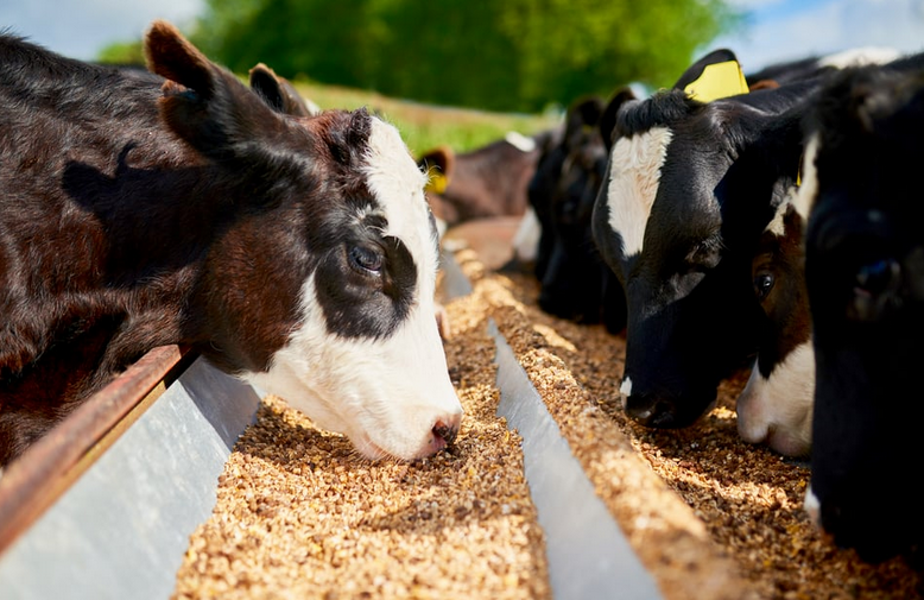
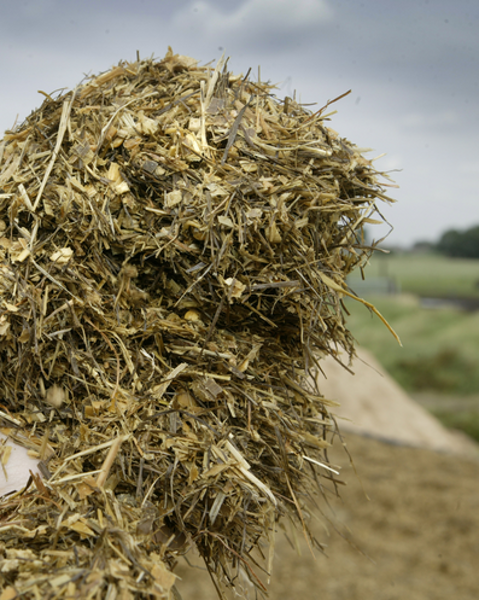
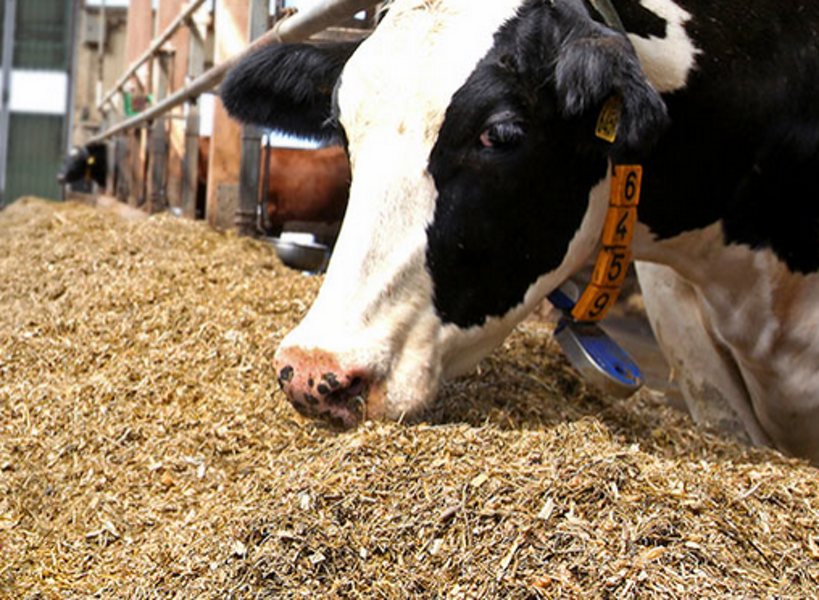
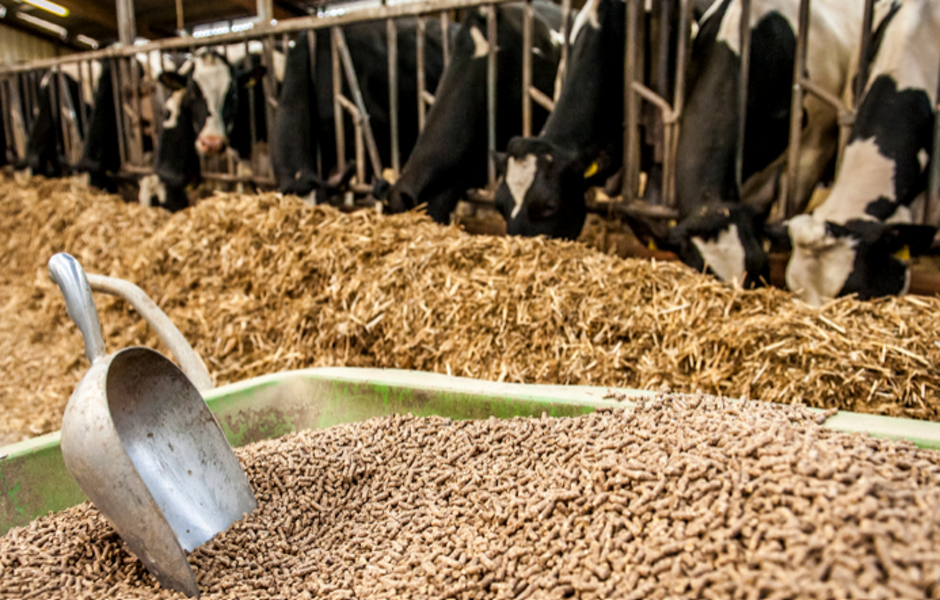
Qualità e costo dei mangimi
I mangimi sono essenziali per la produttività lattiero-casearia. Gli allevatori di bestiame da latte si trovano ad affrontare mangimi di bassa qualità e costi elevati. Gli studi dimostrano che migliorare la qualità del foraggio aumenta significativamente la produttività del latte.
Il costo dei mangimi e del foraggio varia a seconda del sistema di produzione. Nei sistemi di produzione intensiva, i mangimi e il foraggio rappresentano il 55% del costo di produzione di un litro di latte, mentre è il 44% nei sistemi semi-intensivi e il 37% nei sistemi a pascolo aperto. Per i produttori che operano in sistemi intensivi, i costi elevati erodono la redditività nonostante la produttività sia la più alta.
L'aumento dei costi dei mangimi commerciali fa salire il costo di produzione. I prezzi dei mangimi hanno continuato a salire anche dopo che il governo ha eliminato i dazi sulle materie prime importate.
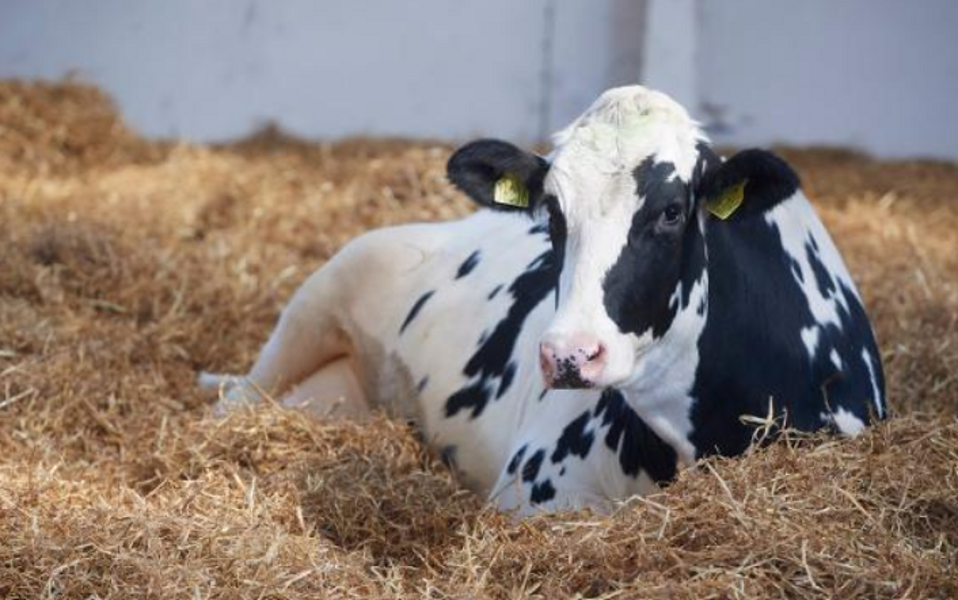
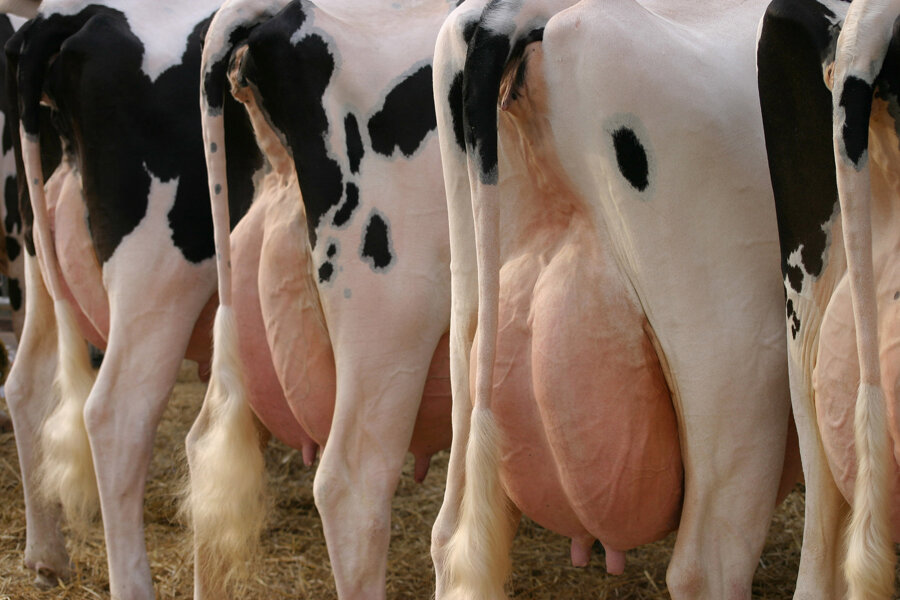
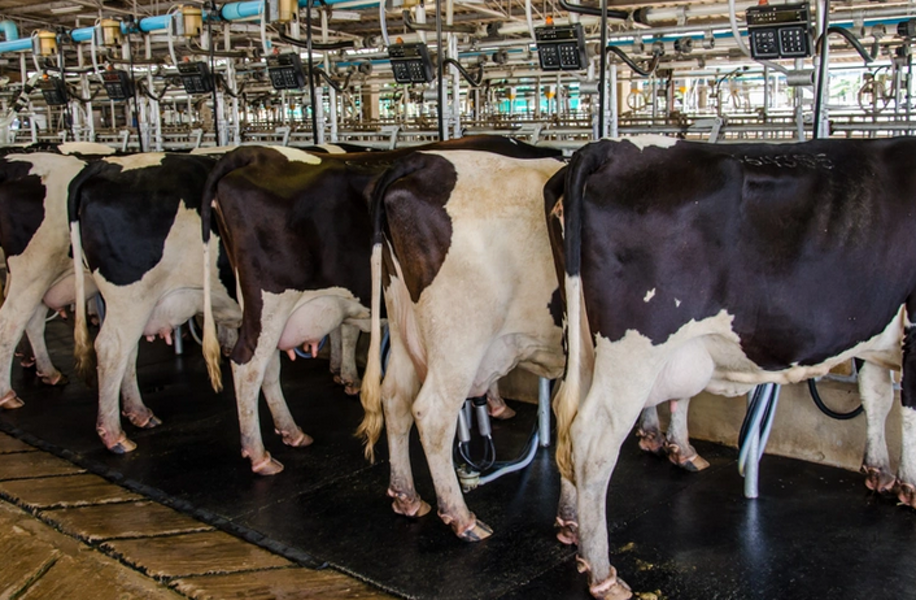
Salute animale
La salute degli animali influisce sia sulla produttività delle vacche da latte sia sulla qualità del latte. La responsabilità della salute animale è condivisa tra il governo nazionale e quelli delle contee. Entrambi stanno lavorando per migliorare il monitoraggio e la sorveglianza delle malattie avviando campagne di vaccinazione, soprattutto nelle aree di pascolo aperto. La regolamentazione dei fornitori di servizi veterinari rimane fondamentale, soprattutto per quanto riguarda la sicurezza.
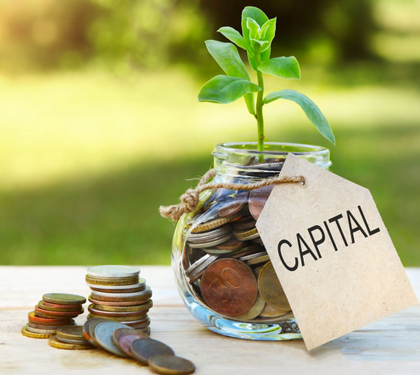
Capitale
Altre sfide chiave che interessano il settore includono l'accesso al capitale sia per gli agricoltori che per gli attori della filiera. Questo impedisce investimenti critici nell'industria. Inoltre, la fornitura di beni pubblici come il miglioramento delle strade rurali influisce negativamente sulla raccolta e consegna del latte, soprattutto durante le stagioni delle piogge.
Il momento di agire è adesso.
Non è mai troppo tardi per fare qualcosa!

I latticini sono un elemento fondamentale della vita
info@kenyamilkproject.com

